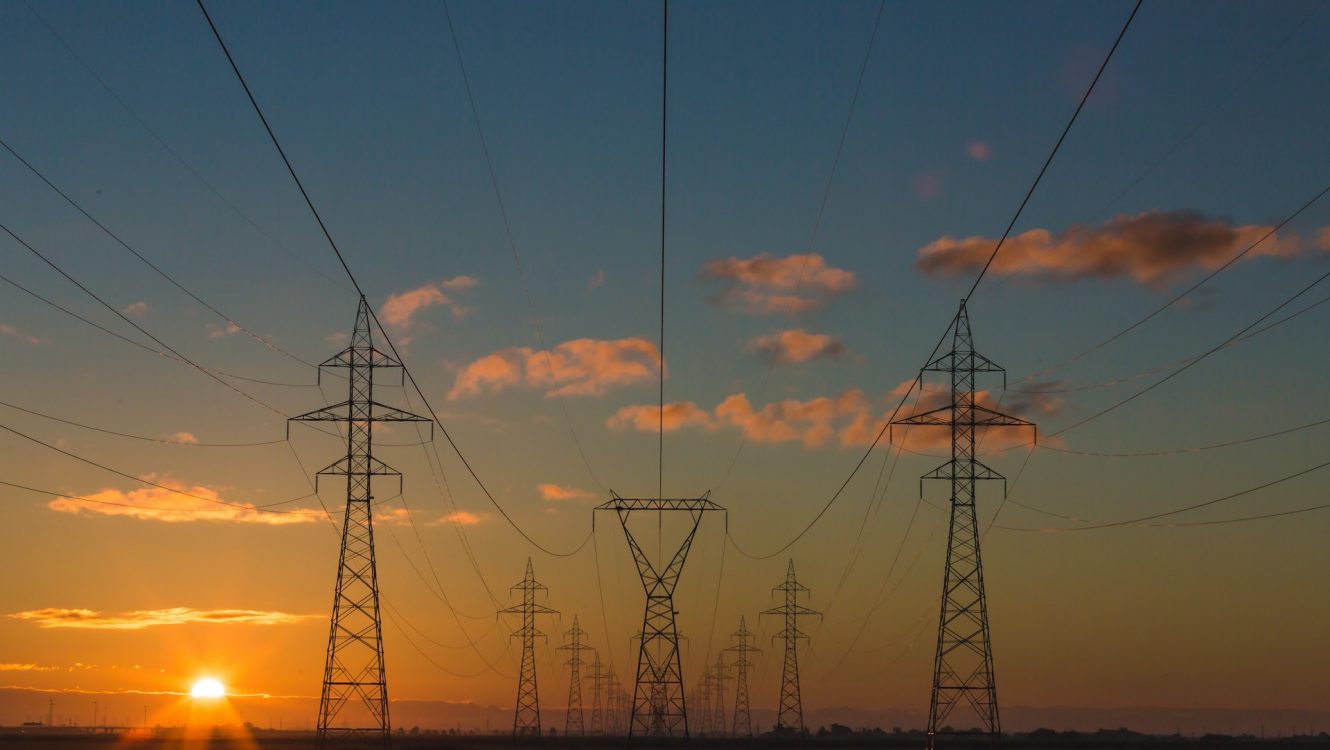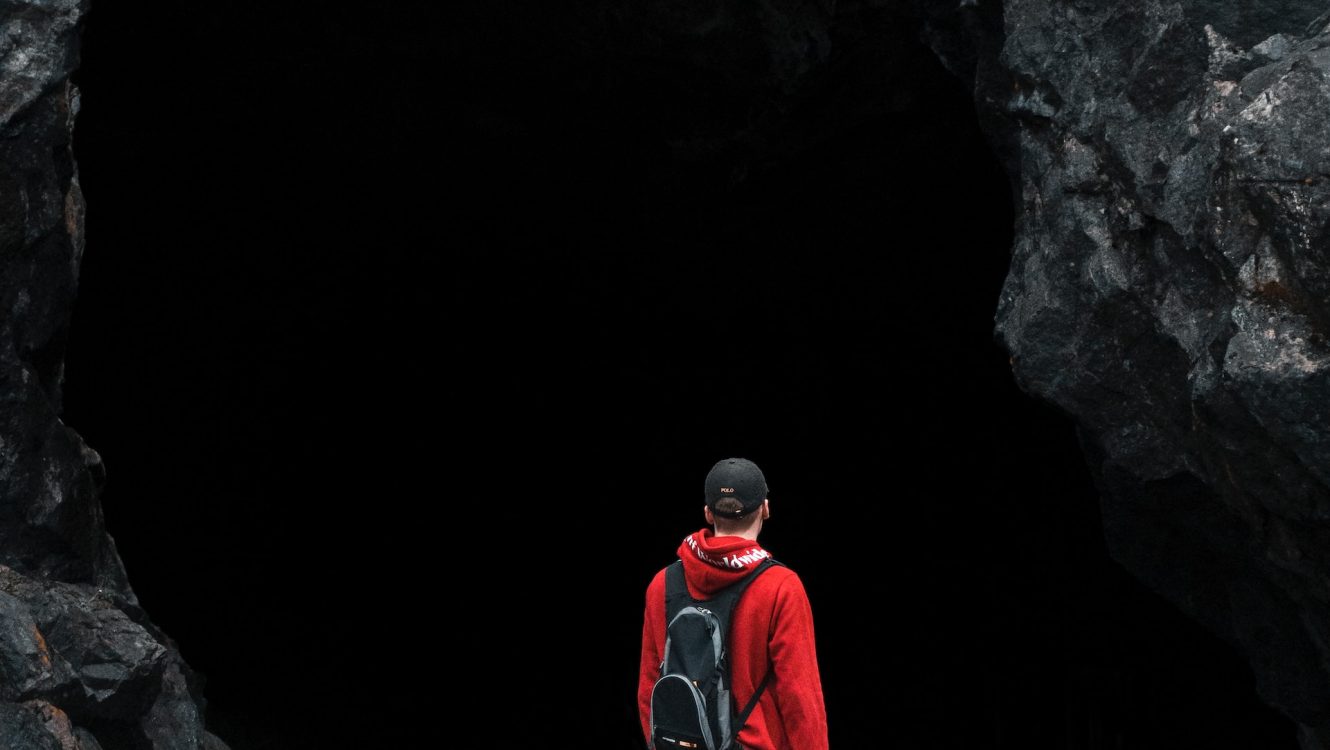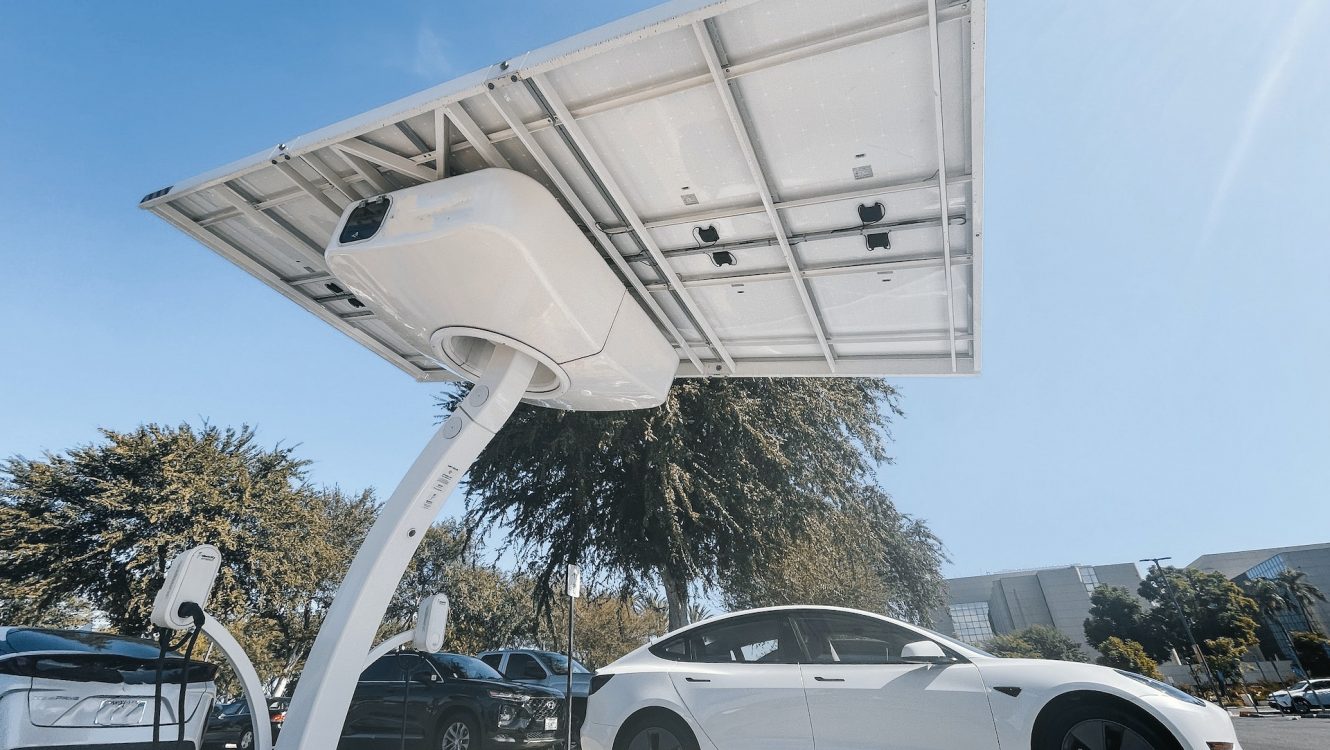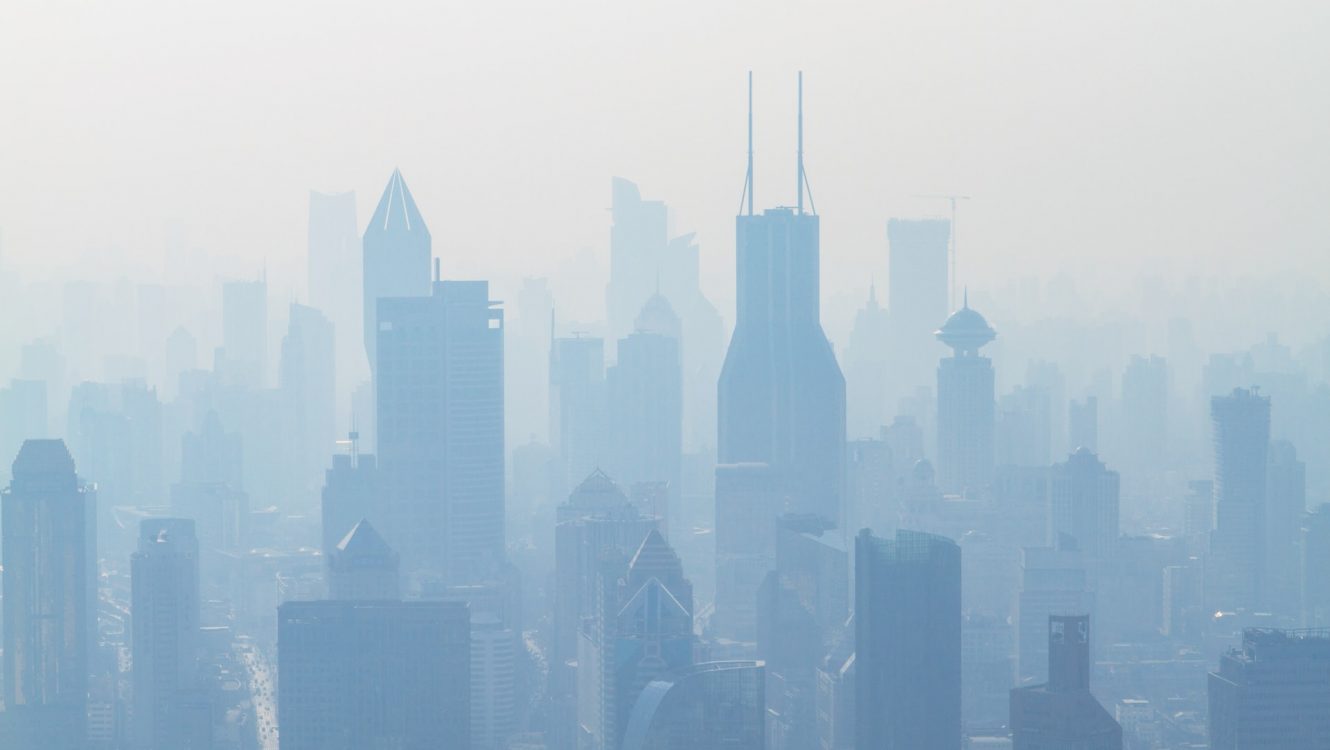Global Climate Adaptation: Individuals Bear the Brunt, Lacking Systematic Collaboration
In the race against climate change, as countries, cities, and communities grapple with rising temperatures and unpredictable weather patterns, one thing has become evident: there is a glaring lack of coordination in global adaptation strategies.
A recently released meta-study by an international team of experts from Universität Hamburg’s Cluster of Excellence for climate research (CLICCS) and Ludwig-Maximilians-Universität München (LMU) has shed light on this pressing issue. Published in the journal Nature Climate Change, the report underscores how individuals, particularly in the Global South, are disproportionately shouldering the responsibility of climate adaptation, often without the benefit of institutional support.
Diving Deep into Global Efforts
The team, comprising 30 authors, meticulously pored over 1,400 academic studies that tackled the theme of climate change adaptation. Their goal was to discern which groups were actively participating in adaptation efforts and to understand the extent of their involvement.
The results were sobering. The meta-study revealed that, despite the looming threats posed by climate change, efforts across the globe are notably fragmented. Crucial collaborations between government and non-government entities remain elusive. Even more concerning, there’s a palpable dearth of strategies aimed at readying societies, bolstering infrastructure, and fortifying risk management against impending climate impacts.
Dr. Kerstin Jantke from Universität Hamburg’s Cluster of Excellence CLICCS observed, “Our findings indicate that adaptation initiatives, instead of being collaborative and concerted, are often isolated.” She underscored the disparity between the gravity of the challenge and the disjointed efforts being made to address it.
The Urban-Rural Dichotomy
The study highlights the distinctions in adaptation actions between rural and urban settings. In rural domains, individual households spearhead most of the initiatives, often outside the purview of institutional frameworks. Meanwhile, urban centers witness governments taking the lead in climate adaptation coordination. Governments, whether global, national, or regional, typically shoulder responsibilities such as ratifying, conceptualizing, and funding adaptation endeavors. Yet, when it comes to practical execution, it’s the small households that take on the majority of the technical workload.

Another revelation of the study was the limited engagement of the scientific community and the near-absent participation of the private sector in climate adaptation initiatives.
Jan Petzold, the study’s leading author, remarked on the significance of this discovery: “When the bulk of adaptation work rests on the shoulders of individuals like farmers and small-scale landholders, it’s a stark indicator of the missing synergy among different stakeholder groups.”
The Imperative of Holistic Approaches
Uncoordinated adaptation can often lead to unintentional negative consequences. Kerstin Jantke cited the example of levees and dams constructed for flood protection, which could inadvertently devastate coastlines and wetlands. Such actions can inadvertently diminish biodiversity and natural carbon reservoirs.
Drawing from the United Nations’ Sustainable Development Goals (SDGs), Jantke recommends a holistic approach to ensure the sustainability of adaptation strategies. Such comprehensive methods would not only address immediate challenges but also factor in long-term ecological and societal implications.
In Conclusion
As the world grapples with the realities of a changing climate, the need for a harmonized and inclusive adaptation approach has never been more urgent. The meta-study by CLICCS and LMU serves as both a wake-up call and a roadmap, emphasizing the importance of collaboration among governments, NGOs, private sectors, communities, and individuals. Only through united efforts can humanity hope to build a resilient future in the face of the formidable challenges posed by climate change.
©globalgreenhouse.eu


















